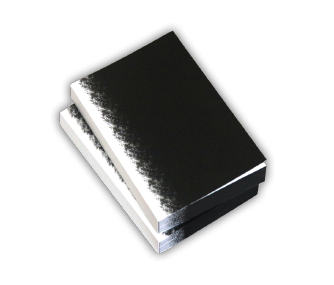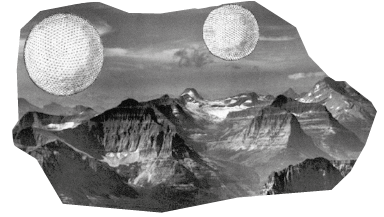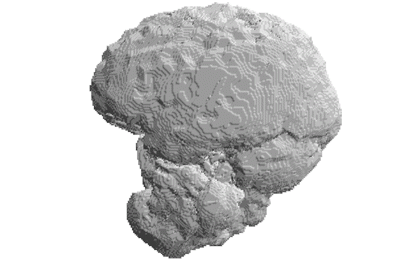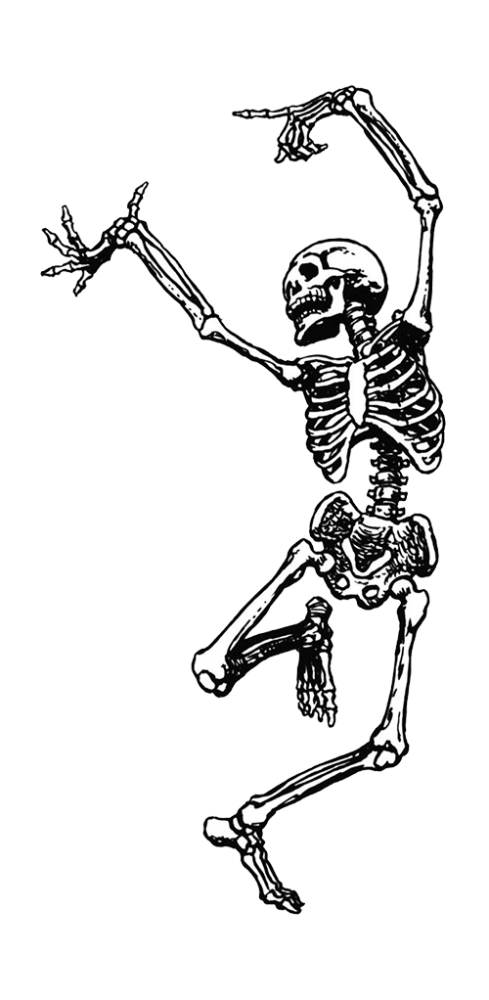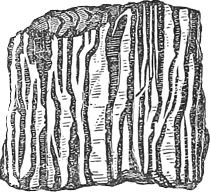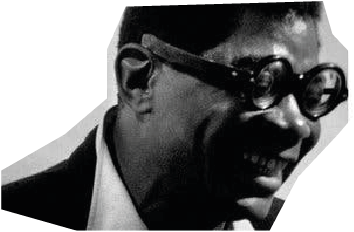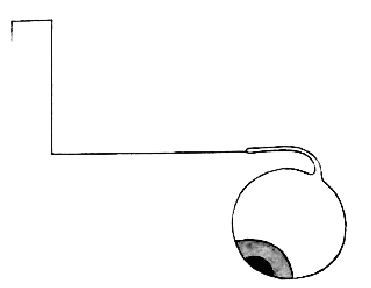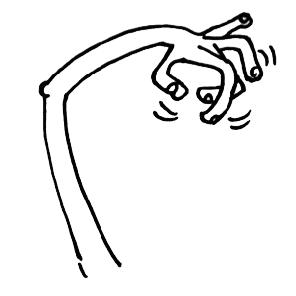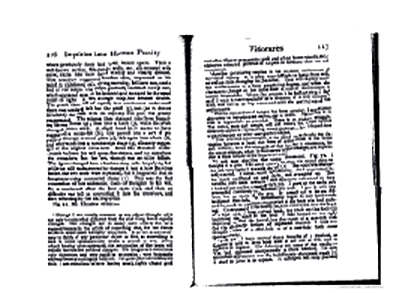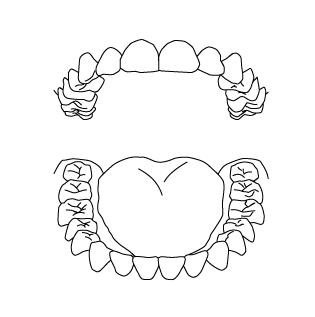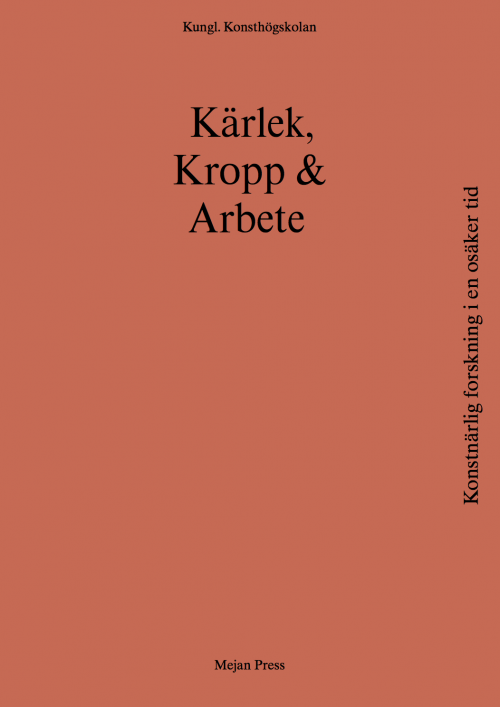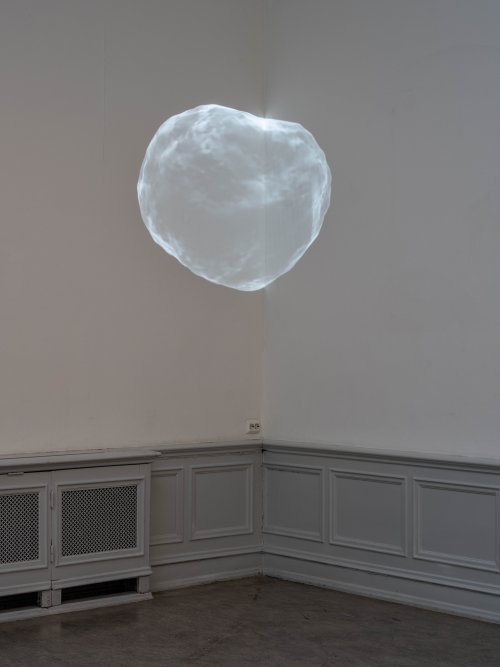
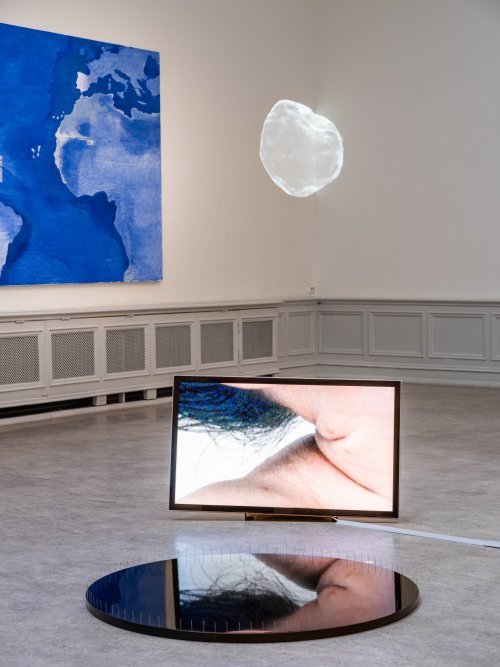
Installation view of E.I The Blob at Love, Body and Work - Artistic Research in Uncertain Times, Konstakademien, Stockholm, 2021 //
Love, Body & Work - Artistic Research in Uncertain Times
Participating artists:
Annika Larsson/E.I The Blob, Björn Larsson & Carl Johan Erikson, Filippa Arrias, George Kentros, Goldin+Senneby, Karin Hansson, Mara Lee, Nils Claesson, Per Hasselberg, Petra Bauer & Marius Dybwad Brandrud, Shiva Anoushirvani and Åsa Andersson Broms
Konstakademien, Stockholm
27 March–9 May 2021
Curator: Sara Arrhenius
Producers: Meryem Saadi, Silvia Thomackenstein
kkh.se/en/public-program/exhibitions/love-bodies-and-work
The participating artists in this exhibition all share a strong commitment to the most pressing issues of the day. The art displayed is far removed from that of a shuttered seminar room at a comfortable distance from the public clamor. On the contrary, it positions itself at the center of today’s burning issues. One recurring theme is the body’s vulnerability to systems, whether political, technological, scientific or artistic.
To make a space for art created within a research framework, the Royal Institute of Art and the Royal Swedish Academy of Fine Arts have an ongoing collaboration to display the school’s artistic research in a series of exhibitions. This time, an invitation has gone out to unite in a larger group exhibition those running, or who have recently completed, an externally funded research project.
An exhibition is an obvious forum for artistic research, with its opportunities for publicizing the complex multisensory experiences of artistic research. And herein lies the long history of exhibition-making, running parallel with the history of art, which forms an organic branch of artistic research to investigate, comment on and develop.
At the Royal Swedish Academy of Fine Arts, where the Royal Institute of Art was originally housed, both exhibition and the art school’s heritage is ever present in the design of the exhibition spaces as well as the sculptures that were used during art class. The open form featured in several works, as a yet-to-be-completed reflection of the ongoing research process, breaks with a museological tradition of exhibiting finished objects. In addition, the exhibition is also held in a digital space, a sign of the times if ever there was one, that points to its mutable nature. Performance works and a program of conversations will be restricted to a smaller audience, due to the pandemic and streamed in real-time.
Artistic research at the Royal Institute of Art, with its strong focus on artistic practice, is undertaken in the studios, workshops and the world outside. It brings together very different types of artistry, those acting within both academia and in the larger art world. Here there is a large artistic range and an exploratory approach where different artistic concepts, methods and attitudes are tested, rejected and redefined.
The establishment of artistic research in Sweden over the past two decades is indicative of a shift in the art field by which artists seek out new areas and new ways of working. A movement that has often involved encounters with a broader societal context, allowing artists to work outside the traditional studio situation. Research at art academies has created a force field for artistic development. In alliance with the artistic tradition’s views on freedom in combination with their own traditions of free and critical dialogue, academies spark new opportunities for artistic work.
The probing, open-minded attitudes in the exhibition works are a response to the license afforded to artistic research at the Royal Institute of Art, through the awareness that a new research area can become truly innovative only if it can discover its own untaken paths. It is undisciplined and unruly, challenging genres and disciplines, and having no obvious denizenship.
For an experimental and inquiring art struggling to find a home in the traditional communication channels of art, the research milieus of art academies can become important hubs. At a time when art, especially one that does not suit a highly commercialized art world, is confined by miserly economic conditions, political instrumentalization and a weakened critical discourse, academia can provide an important refuge.
In an uncertain time when universities and art institutions seek new roads, an art academy that accommodates learning, research and outreach can be an effective model for fostering and publicizing art. The opportunity to turn inwards in learning and research, while at the same time to open doors in conversation with the world, provides opportunities for in-depth work with and about art. An enquiring, open-minded community that encourages mobility and openness between teaching and research, studio, academy and exhibition space, between the art academy and a larger world.

